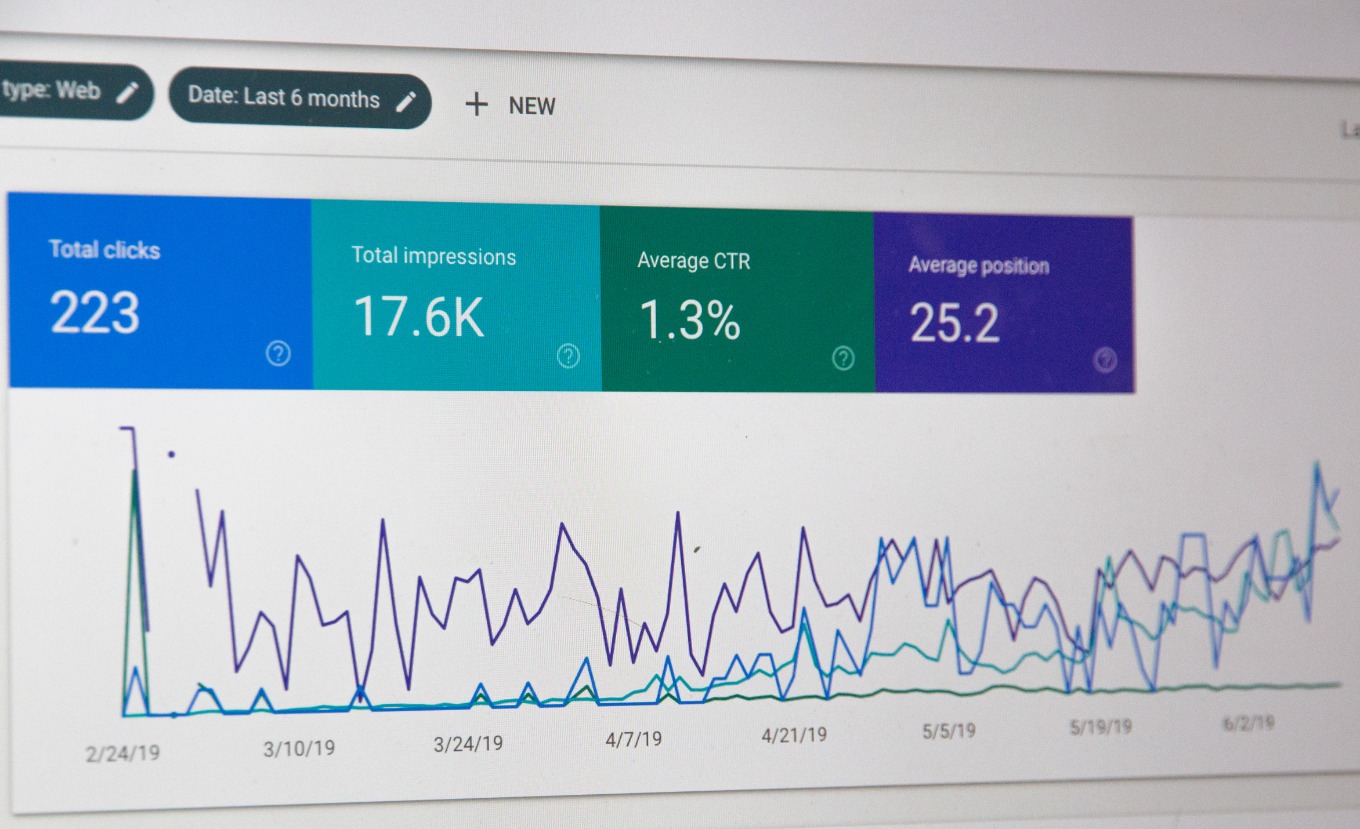California Debt Recovery Services Industry Report: Key Findings and Insights
The debt recovery sector within California, the most populous state in the U.S., presents an intriguing landscape marked by unique regulations, significant market players, and emerging trends. As we delve into the California Debt Recovery Service industry, we will pay particular attention to key findings and offer insights based on recent data and trends.
California, the world's fifth-largest economy, experiences its fair share of defaults and delinquencies, necessitating an efficient debt recovery infrastructure. In essence, debt recovery services come into play when original creditors are unable to collect unpaid debts from consumers. These services have a dual purpose - offering relief to creditors by recovering their money and ensuring borrowers face repercussions for any financial irresponsibility.
The state's debt recovery industry operates under the purview of the California Fair Debt Collection Practices Act (CFDCPA). The Act stipulates the rules for debt collection, including the permissible times for contacting debtors and the prohibition of abusive or deceptive practices. An understanding of the CFDCPA is critical to any analysis of the California debt recovery services industry because it delineates the activities and boundaries of businesses in this sector.
Among the significant players in the California debt recovery market are Portfolio Recovery Associates, Encore Capital Group, and West Asset Management. These firms exemplify the diversity of strategies applied within the industry. Portfolio Recovery Associates, for instance, has gained prominence due to their data-driven approach, leveraging advanced analytics to maximize recoveries. Encore Capital has distinguished itself via its consumer-centric model that emphasizes respectful and ethical treatment of debtors. West Asset Management, meanwhile, has carved a niche in specialized sectors like healthcare debt recovery.
Recent years have seen the advent of new technologies, notably machine learning and artificial intelligence, that promise to revolutionize the debt recovery process. Algorithm-driven decision-making can improve collection rates by identifying patterns and predicting debtor behavior more accurately than humans can. However, these technologies are not without their trade-offs. For instance, increased automation could lead to the loss of jobs in the sector, a socio-economic impact that cannot be overlooked.
Further, there is the question of data privacy and the ethical implications of using AI for debt collection. With the California Consumer Privacy Act in place, debt recovery firms must juggle achieving operational efficiency while adhering to stringent data protection regulations.
An evaluation of recent trends reveals a surge in medical debt, spurred by the COVID-19 pandemic. In 2020, TransUnion reported a 7% increase in medical debt, implying that healthcare debt recovery would become an increasingly significant component of the industry.
Despite these challenges, the California debt recovery services industry remains resilient. Its inherent countercyclical nature - the likelihood of debt default increases during economic downturns - has allowed it to weather the storm of economic instability. However, as the sector evolves, it will be imperative for firms to adapt and innovate. Understanding demographic shifts, harnessing technology, and maintaining regulatory compliance will be crucial to staying afloat in this complex yet indispensable industry.
As we move forward, the California debt recovery services industry will undoubtedly continue to evolve. This evolution will be guided by a confluence of factors: regulatory changes, technological advancements, and economic conditions. As observers and participants in this industry, our task is to stay abreast of these developments and adapt our strategies accordingly. Despite the challenges, one thing is clear - the industry's role in maintaining fiscal responsibility and economic stability remains as vital as ever.
Recent years have seen the advent of new technologies, notably machine learning and artificial intelligence, that promise to revolutionize the debt recovery process.






